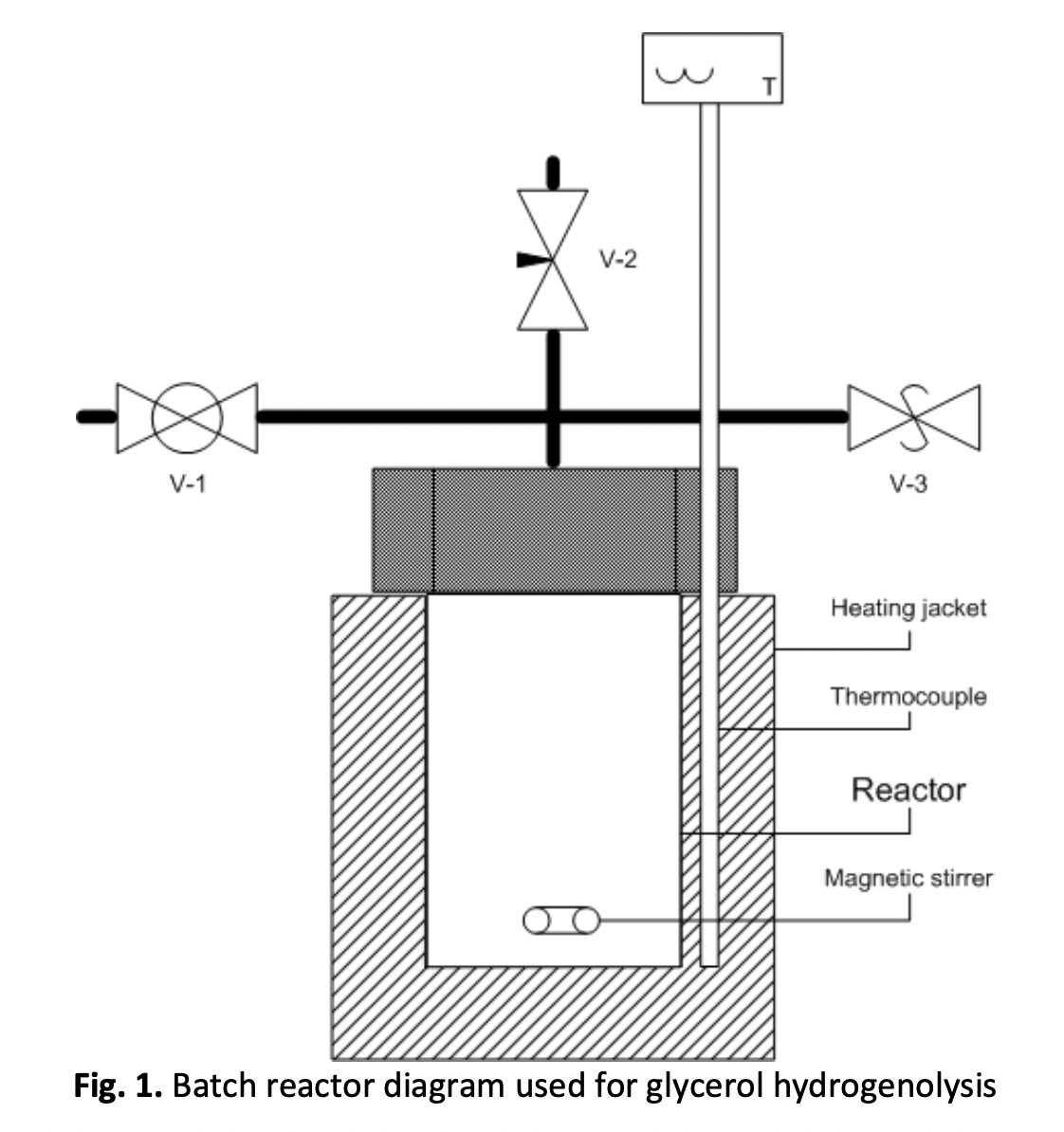Aqueous-phase Reforming of Glycerol using Cu-Ni Bimetal Catalyst Supported over Coconut Shell Activated Carbon
DOI:
https://doi.org/10.37934/arfmts.115.1.193205Keywords:
Glycerol, activated carbon, heterogeneous catalyst, waste-to-materialAbstract
The increasing generation of glycerol as a waste from biodiesel production calls for its various consumptions, especially in producing industrial chemicals. However, the focus of popular studies in this process is on using noble metals as the catalyst. It should be shifted to a low cost and abundant element to ensure sustainability. Therefore, this study uses activated carbon from coconut shells to support a bimetal catalyst copper-nickel in converting glycerol into value-added products. The catalyst was synthesized via the wet impregnation method and was characterized using scanning electron microscopy-energy dispersive X-ray spectroscopy, Fourier-Transform infra-red spectroscopy, and a surface area analyser. It was revealed that the BET surface area (582 m2/g) is smaller than the pristine carbon because of the exposure to high temperature during calcination. The average pore size (1.7 nm) is also smaller than the coconut shell carbon due to the same effect. The surface functional groups mainly consist of carboxylic acids that is known to contribute to the hydrogenolysis of glycerol. At 20 wt% initial glycerol concentration, 20 bar and 200 °C, acetic acid, propylene oxide, carbon monoxide and acetaldehyde were detected as the products. A possible mechanism was proposed considering the aqueous-phase reforming of glycerol and the dehydration process. The optimum operating conditions in this case are 20 wt% initial glycerol concentration, 25 bar and 200 °C. More studies are needed to evaluate the reactions involved in aqueous-phase reforming of glycerol using the Cu-Ni doped on coconut shell activated carbon. In conclusion, glycerol can be converted to valuable chemicals under mild conditions by using the cost-effective catalyst.
Downloads
































